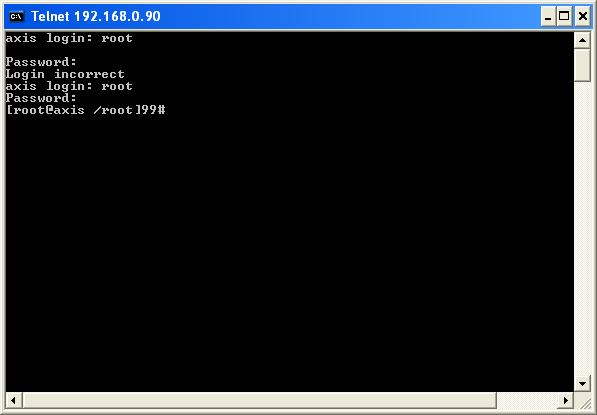
To find the gateway IP address, enter: ip r | grep default The first section of the output is the IP address being used. So to find the IP address, open up a terminal, and enter: hostname -I

If you use some other IP address of your wish, there is a chance it might intersect another device that is already connected to the system. To be on the safe side, use the IP address being used by the Raspberry Pi at the time of the setup as the static IP address. A few components of the network are necessary for setting up the static IP address, namely the DNS IP address, gateway IP address, and the choice of the static IP address. Resolving the issue of dynamic IP address, we will set up a static IP address for the Raspberry Pi. If you require logging into your Raspberry Pi more than once using PuTTY, see the topic of static IP in the next section. It constantly keeps changing, and the IP address that you find out the way mentioned above will remain only temporarily. The issue with IP address is that it is dynamic. The first section of the output is your IP address, like in this case, 192.168.29.100. Here, go to the tab with the title ‘Interfaces’ and under the title of ‘SSH’, click on ‘Enable’, then ‘OK’.

Go to the application menu, enter the category ‘Preferences’, and click on ‘Raspberry Pi Configuration’ to enable SSH. Later on, you can use a headless (without a display) setup if you want to. For these initial setup requirements, you will need access to your Raspberry Pi OS through a display. Ensure that the system you are using, PuTTY and the Raspberry Pi are connected to the same network. Setupįor PuTTY to work on the Raspberry Pi, there are two things necessary: first that you have to have SSH enabled on your Raspberry Pi, and second that you have to know the IP address of your Raspberry Pi. You can add proxies, specify automatic usernames, and other minute details. Other settings, which include keyboard and connection settings, offer users a wide variety of options regarding the nature of the connection that will be established. You can configure the size, scrollback capacity, colors, fonts, titles, and many other factors. The window configurations give you options regarding the appearance and behavior of the terminal window that will be provided to you once the connection is established. It also holds the list of saved logins and settings. This is the application’s main window, which takes in the information needed to connect to another system. Telnet is a protocol that enables users to establish a two-way connection between two systems, which can exchange messages through the terminal. It can also use SFTP to send files, which is a standard and helpful file transferring protocol. This is an SCP client which is used to copy files across the connection securely. This component is used to gain command-line access to the device that we wish to connect to, much like a terminal open on your very own system.

This is the component containing the Telnet, rlogin, raw socket, and SSH client. Knowing these will help you to understand just how much you can do with PuTTY. PuTTY has multiple valuable components that can be used for different purposes.

On the right, depending on what category you have chosen, it shows the options that are made available. There is a panel on the left that shows all the categories and sub-categories available to the user. No flashy UI components at all, just straight to the point.


 0 kommentar(er)
0 kommentar(er)
